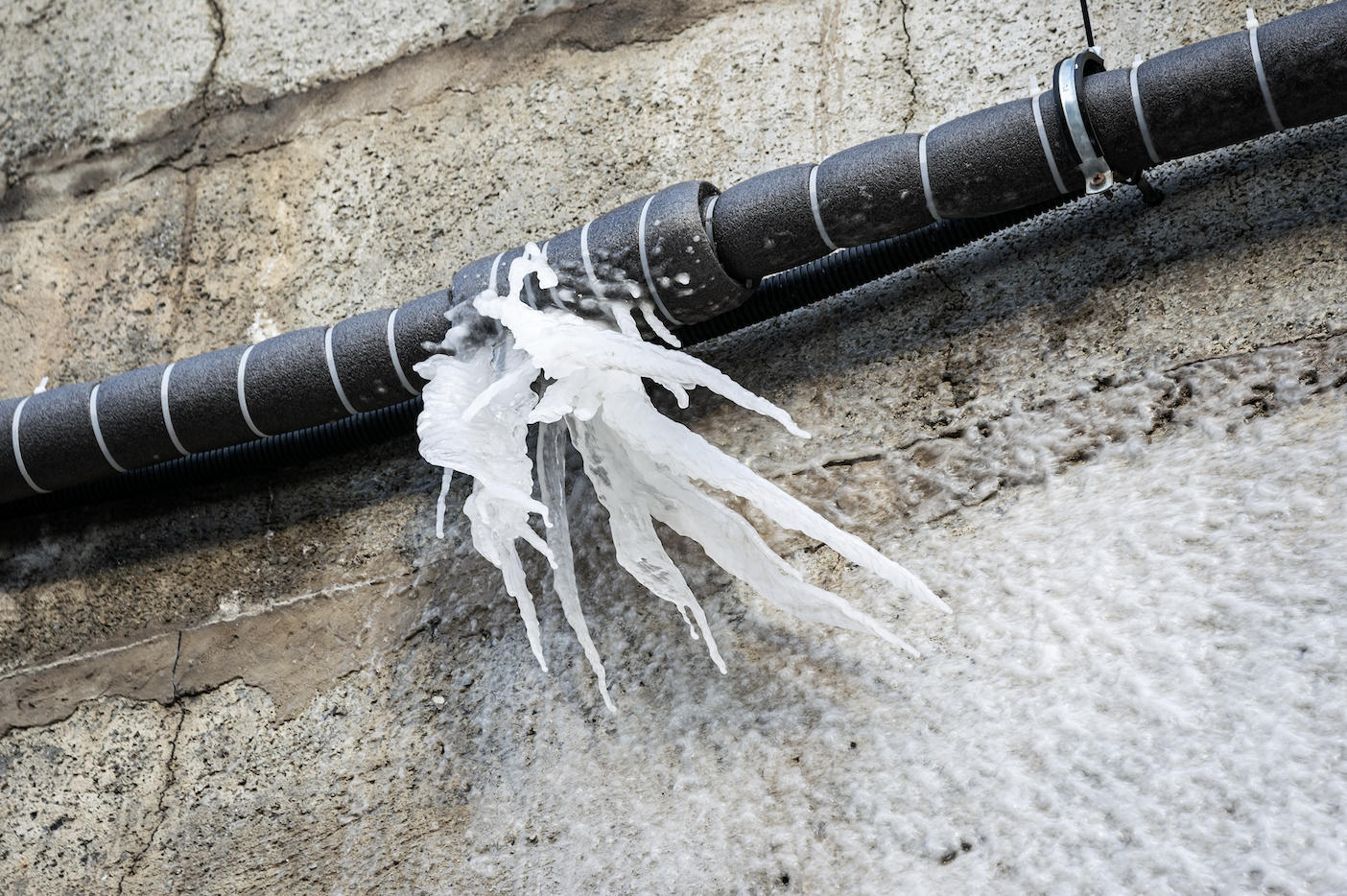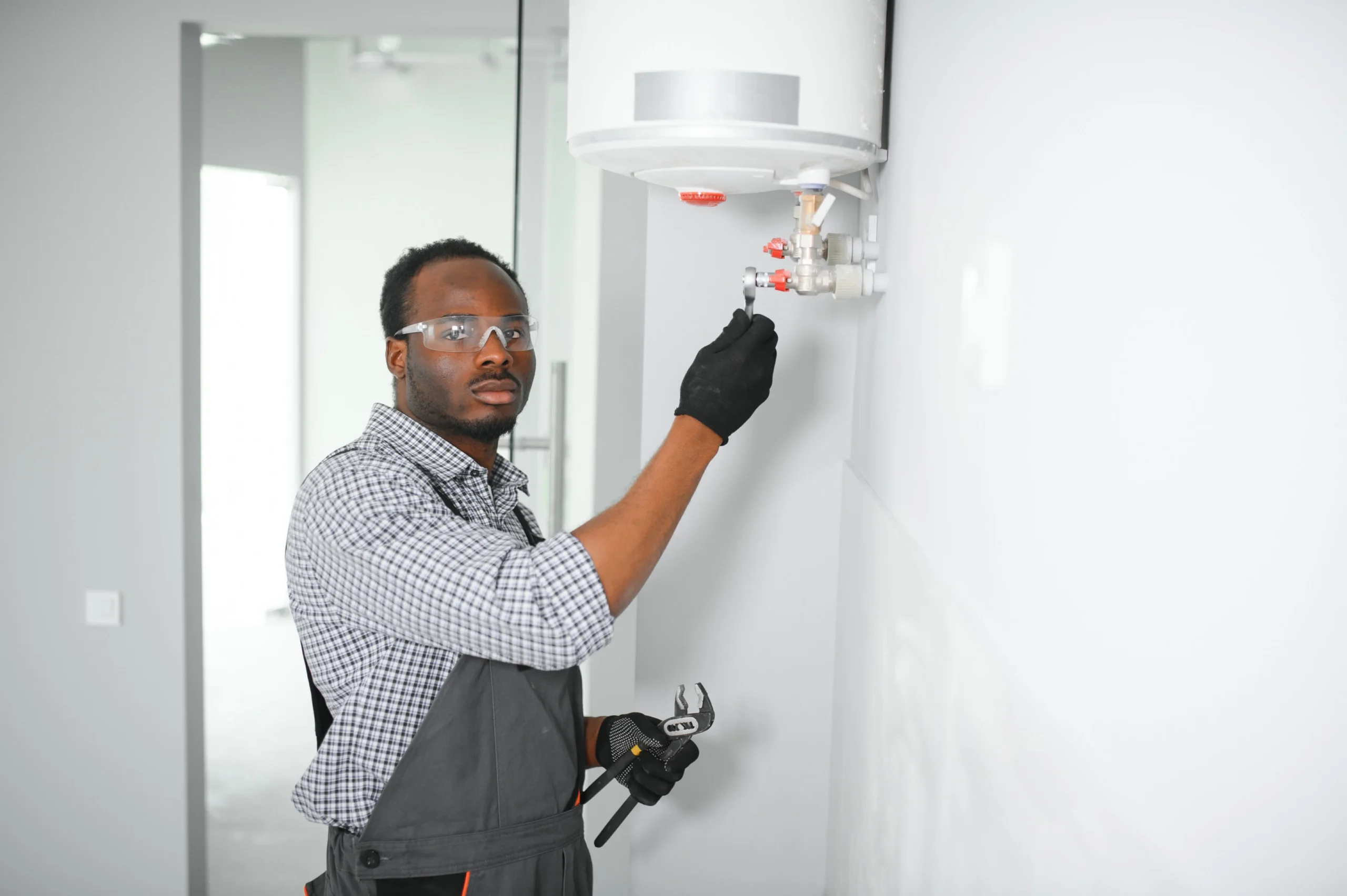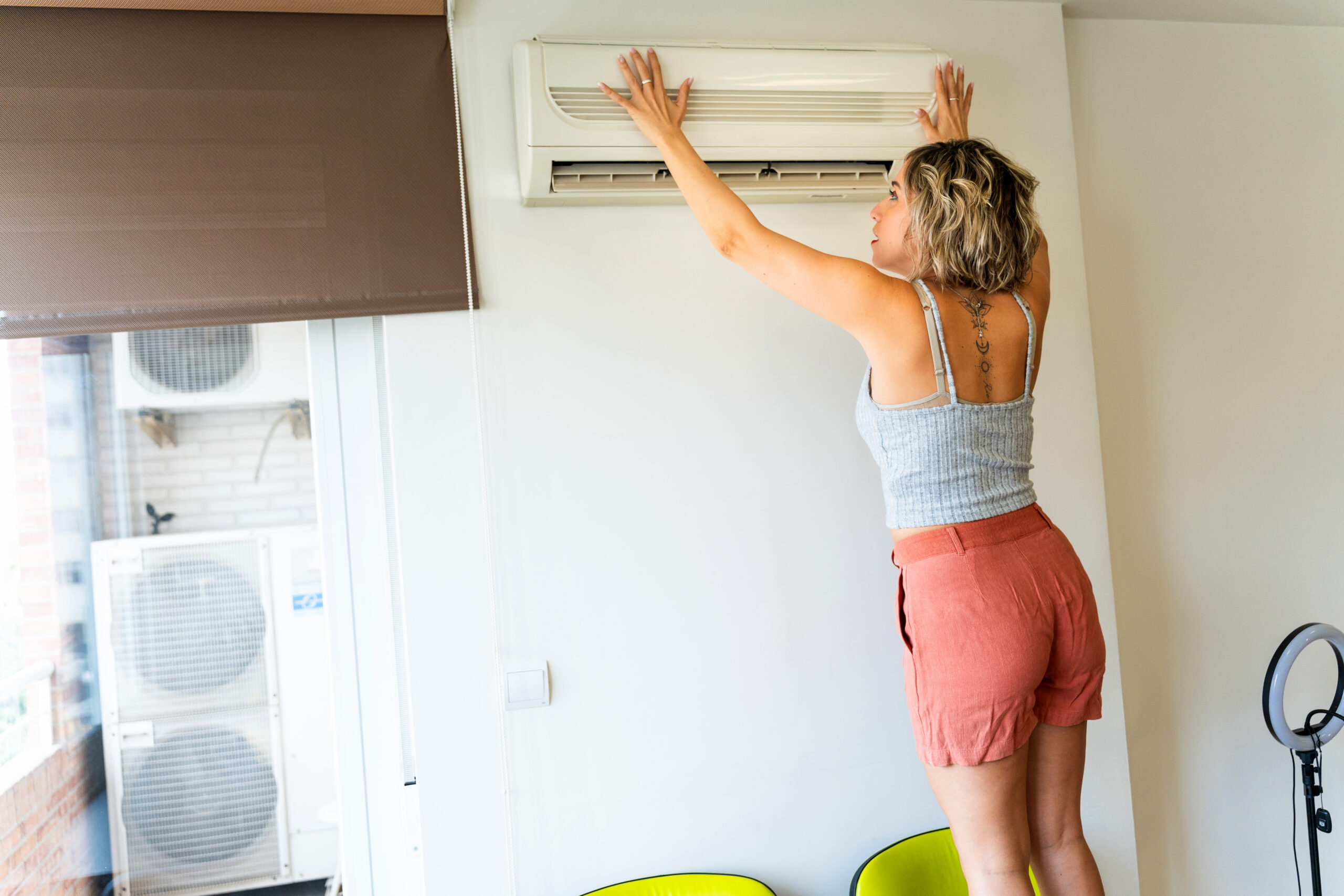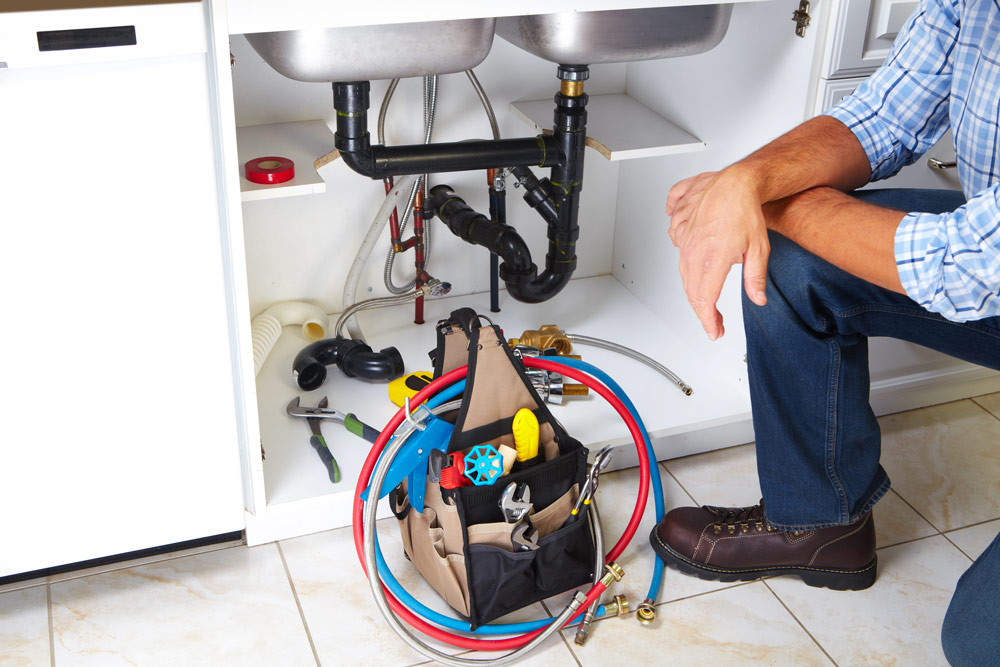Winter’s freezing temps can turn simple things—like washing your hands or taking a shower—into a nightmare if your pipes freeze. When water freezes, it expands, which can crack or even burst your pipes, leading to major water damage and expensive repairs.
Here’s a straightforward guide to help you out, from spotting the problem to thawing your pipes the right way.
Recognizing Frozen Pipes
The most obvious sign? You turn on the faucet, and either nothing comes out or there’s just a weak trickle of water. Check any exposed pipes—like the ones under the sink, in the basement, or near outdoor spigots—for frost or icy buildup.
Frozen pipes can also make strange noises, like gurgling or bubbling, when you turn on the tap. And if you notice a weird smell coming from the drain, it could mean ice is blocking the pipe and pushing odors back up.
If only one area, like the kitchen or an upstairs bathroom, has low water flow, it’s probably just one frozen pipe. But if the issue is happening throughout the house, you could be dealing with a much bigger problem.
Shut Off the Main Water Valve
If you think your pipe is frozen, the first thing to do is shut off the main water supply. This stops water from rushing through and making things worse if the pipe bursts while you’re thawing it.
In most homes, the shut-off valve is near the water heater or in the basement. It could also be under the kitchen sink or near the outdoor water meter. Turning it off now could save you from a flooded house later!
Open the Faucet
After turning off the water, open the faucet connected to the frozen pipe. If there are hot and cold handles, open both.
This helps relieve pressure and gives the melting water a place to go as the ice thaws. Skipping this step can cause pressure to build up—and that’s what can make a pipe burst.
Safely Thaw the Pipe
Take it slow! Heating a frozen pipe too quickly can cause it to crack or burst, so patience is key.
A hairdryer on low or medium is a great option—move it evenly over the frozen section and avoid holding it in one spot too long. A space heater placed near the pipe can also warm the area gradually. No hairdryer or heater? Try wrapping the pipe in towels soaked with warm (not boiling) water. As the ice melts, watch for any leaks. Even a small crack can go unnoticed until water starts seeping out. If you hear hissing or see water dripping, turn the water off again and clean up any standing water to prevent more damage. If this happens, it’s time to call in the experts.
Important: Never use an open flame like a blowtorch or lighter. It’s not worth the risk of fire, damaged pipes, or injuries.
Know When to Call Affordable Fixes
Sometimes, it’s best to let the pros take over. If you can’t find the frozen part of the pipe, your DIY methods aren’t working, or you notice cracks or leaks, it’s time to call for help. Pipes frozen inside walls or other hard-to-reach spots can cause hidden damage if not handled the right way. Affordable Fixes has the tools and knowledge to locate the problem and fix it quickly to prevent further damage.
If you’re facing a frozen pipe emergency or need to schedule a preventive maintenance check, give us a call day or night.
With a little preparation and knowing when to call in the pros, you’ll be ready to handle the rest of the winter season – and many more to come!












